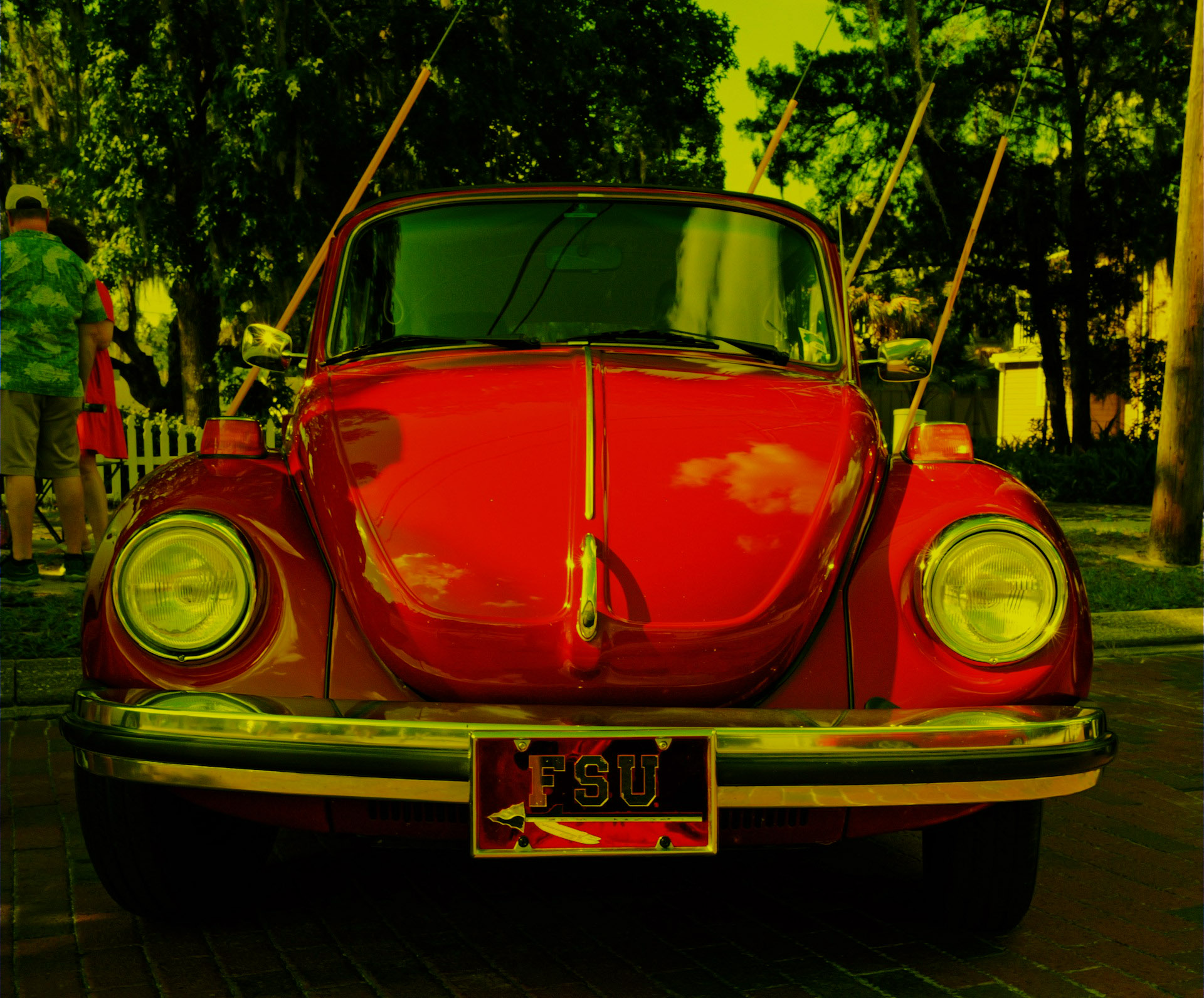Blog
DIY Tips: How to Fix Rust on a Car

Made from metal, cars are naturally prone to rust. When that happens, it’s important to fix the rust so you maintain the car’s value and safety. Fortunately, you might be able to DIY the rust removal.
Tools and Materials Needed to Remove Car Rust
Before you can begin fixing rust on a car, you need to gather the necessary tools and materials. A variety of supplies are needed to get the job done, but they are common and inexpensive materials, including:
- Wire brush: A wire brush is an essential tool for scraping off loose rust.
- Sandpaper: You’ll need a variety of sandpapers to fix car rust, including coarse (80-100 grit) for heavy rust, medium (150-200 grit) for smoothing the surface, and fine (300+ grit) for finishing touches.
- Rust converter: Options like Rogo Fastener Co.’s Extreme Coat Rust Converter convert rust into a stable, paintable surface.
- Primer: Primer makes sure the paint adheres properly, which prevents future rust.
- Paint: Find the paint code on your car (usually on the door jamb) and purchase matching paint from an automotive store.
- Clear coat: The clear coat provides a protective finish and glossy look.
- Safety gear: Be sure to gather gloves to protect your hands, a mask to avoid inhaling dust and fumes, and goggles to protect your eyes from debris.
How to Fix Rust on a Car
Now that you’re gathered the tools and materials you need to fix rust on your car, you’re ready to begin the project. Just follow six straightforward steps, and the car’s finish will look as good as new.
Step 1: Assess the Rust Damage
How bad is the rust? Before you can fix the rust, you need to assess its extent. Is it surface rust that only affects the top layer of paint, is it deeper rust, or has the rust compromised the car’s structural integrity?
A couple of tools will help you assess the rust damage. You can do it with just a flashlight and either a screwdriver or a pick.
Step 2: Prepare the Area
Now that you’ve assessed the rust damage, it’s time to prepare the rusted area for repair. Clean the rusted area with soap and water, then make sure it’s completely dry before proceeding.
Once the rusted area is dry, mask off surrounding areas to protect the paint. Use masking tape and plastic sheeting to cover adjacent panels and protect areas you don’t want to sand or paint.
Step 3: Remove the Rust
Now it’s time to remove rust from the car. You can choose from three methods for rust removal, including:
- Sanding: Start with coarse grit sandpaper (80-100) to remove surface rust. Follow it up with finer grits (150-200, then 300+) for a smooth finish.
- Wire brushing: Use a wire brush for stubborn rust spots. For larger areas, use a power drill attachment.
Rust converter application: Apply Extreme Coat Rust Converter to remaining rust spots. For best results, follow the product’s instructions.
Step 4: Prepare the Surface for Painting
Now that you’ve removed the rust, you’ll want to repair the area by repainting it. Clean the treated area by wiping it down with a clean cloth. If you need to, use a degreaser to remove any oil or residue.
Using a spray or brush, evenly apply an automotive primer. Allow proper drying time as per the primer’s instructions before you start painting.
Step 5: Paint the Repaired Area
Apply the matching paint you selected earlier to the repaired area. Shake the paint can well before use, then spray in light, even coats to avoid drips. Allow each coat to dry before you apply the next one.
After the paint is completely dry, apply a clear coat to protect the car’s new paint. Use multiple thin layers for a smooth, glossy finish.
Step 6: Add Final Touches
You aren’t quite done fixing the rust on your car. Use a polishing compound to smooth and blend the repaired area with the rest of the car. Make sure you buff with a clean cloth for a shiny finish.
Don’t forget to inspect your repair once it’s finished. Check the area in different lighting to catch any imperfections you might have originally missed. Touch them up as needed.
Preventive Measures to Avoid Future Car Rust
While it might be impossible to always prevent rust spots from a car, you can take preventative measures to help avoid it. A few of those actions include:
- Regular Wash and Wax: Dirt and salt can cause rust, so it’s important to keep your car clean and waxed.
- Inspect for Early Signs of Rust: Regularly check common rust-prone areas, especially after winter. That way, you can address small spots before they become major issues.
- Use Protective Products: Apply protective products like Rogo Fastener Co.’s Metal Parts Protector to vulnerable areas. Spray it on exposed metal parts to prevent rust, offering long-term protection.
- Keep the Undercarriage Clean: Frequently wash the underside of your car, especially after you drive on salted roads.
- Repair Paint Chips and Scratches: Promptly address any paint damage to prevent rust from starting in those areas.
- Store Car Properly: Whenever possible, keep your car in a garage or covered area to protect it from harsh weather conditions.
- Maintain Drainage Areas: Ensure that drainage holes in the car doors and frame are clear of debris to prevent water accumulation that can lead to rust.
Remove Rust From Cars With DIY Steps
Removing rust from your car with these DIY steps helps to maintain its value and safety. When you address rust promptly, you avoid extensive damage.
Regular maintenance and inspections will help prevent future rust issues, keeping your car in top condition.
For more supplies to fix your car, check out what Rogo Fastener Co., Inc. has to offer.
